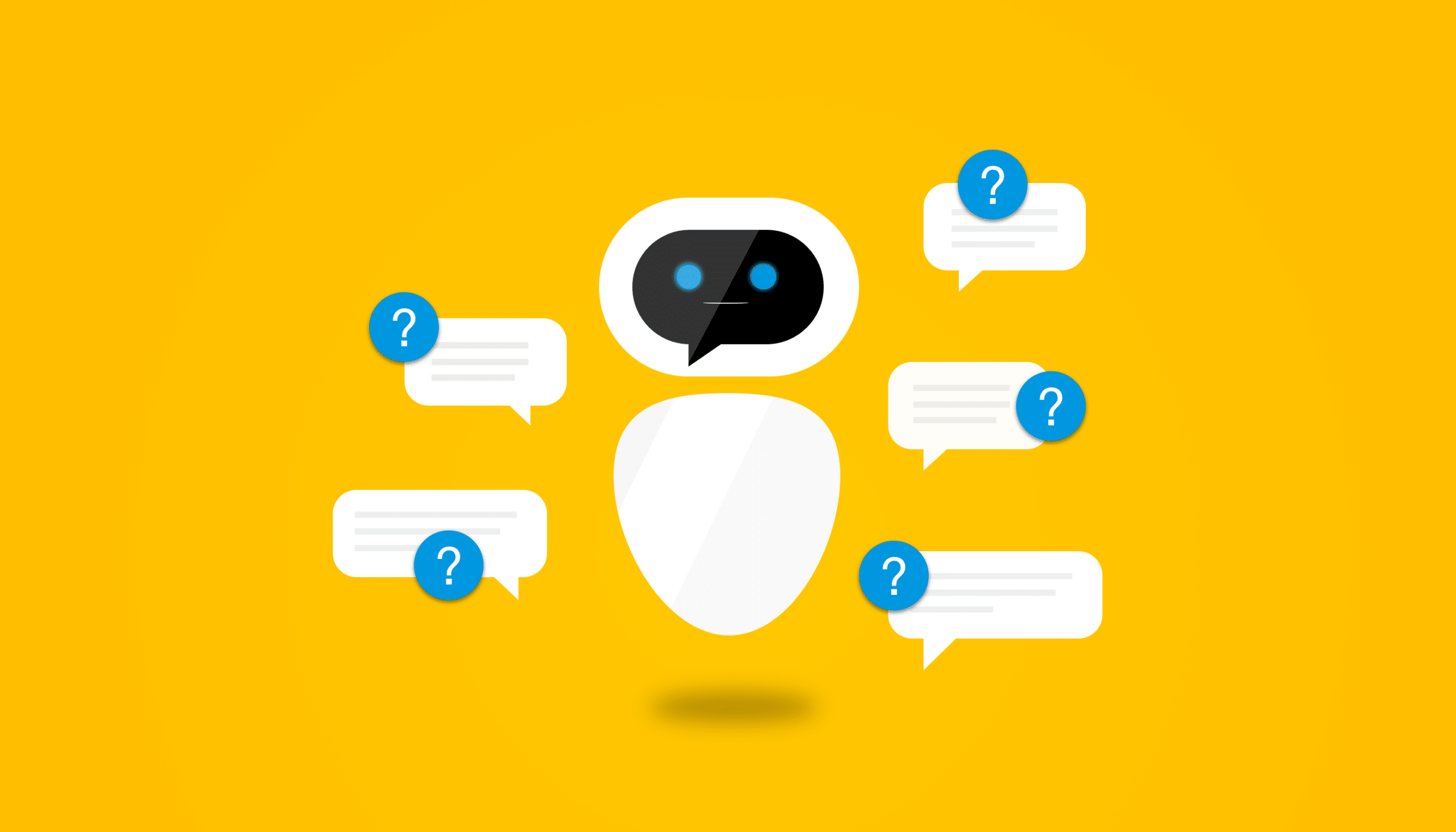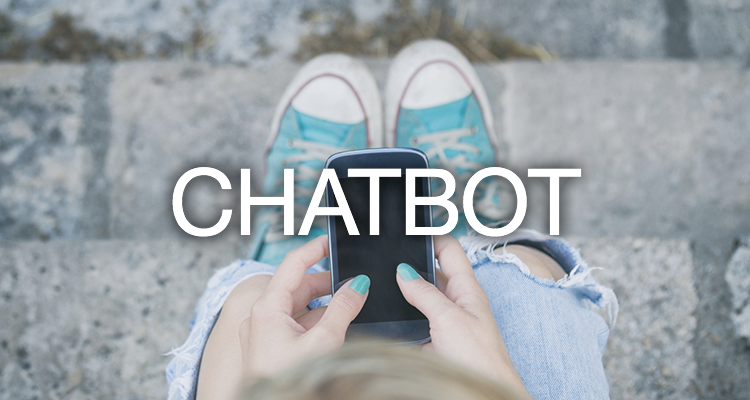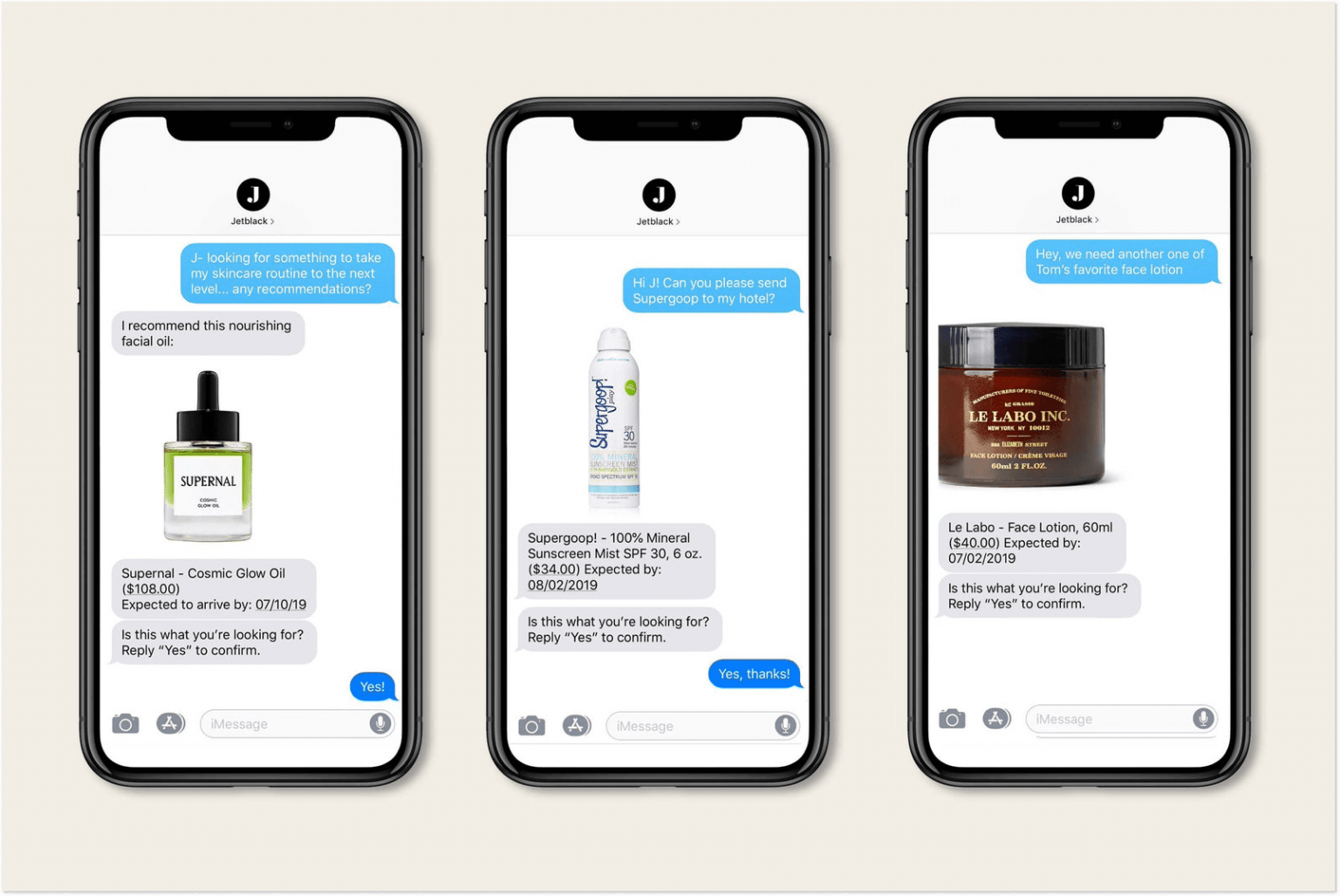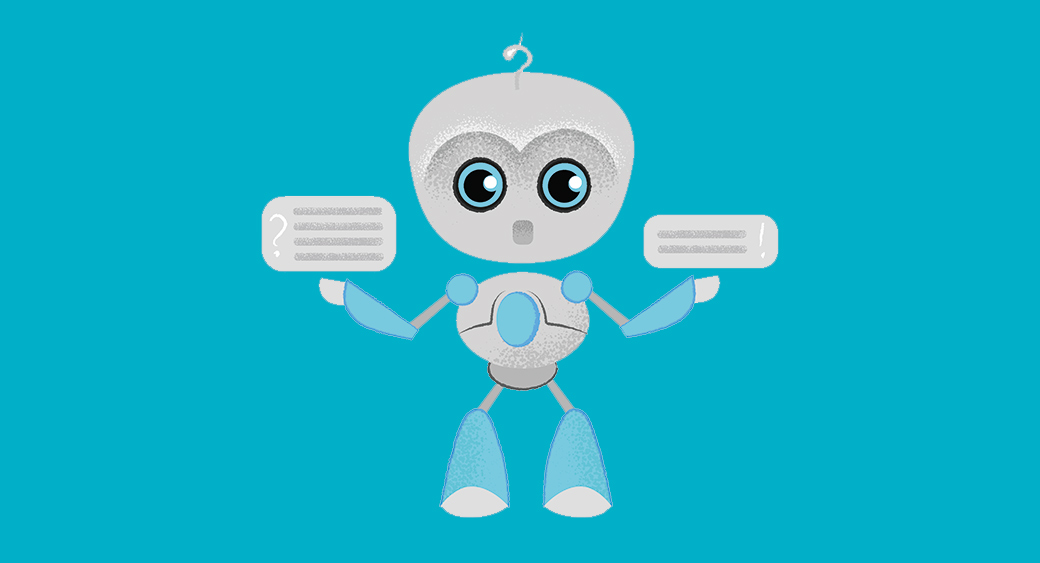
How are medical chatbots giving healthcare systems an advantage? Reduced waiting times Apart from providing critical healthcare information, healthcare chatbots have benefitted the industry in a number of ways. This ensured that those patients at immediate risk were given the care they needed while patients with milder symptoms were systematically monitored from their homes, reducing the load on healthcare systems in general.īut, this is just a single instance of how medical chatbots are transforming the healthcare industry. At a time when hospitals were dealing with a heavy influx of both symptomatic and asymptomatic, frantic patients, medical chatbots quickly became the single most used tool for disseminating clear and precise information.Ĭhatbots were also used for firsthand symptom assessment. Healthcare chatbots act as the vehicle or medium between patients and their healthcare providers and can be designated as the very first point of interaction with a clinic, hospital, or any other healthcare organization.Īlthough medical chatbots are technically not a recent innovation per se, it was during the COVID-19 pandemic that such chatbots rose to fame. Medical chatbots are a blessing in disguise for the healthcare system since it minimizes the time spent by medical staff in collecting and processing patient information, disseminating healthcare-related information and guidelines, ensuring patient engagement, and more.


What are medical chatbots?Ī medical chatbot or a healthcare chatbot is nothing but a conversational AI-powered solution specifically designed to make healthcare much more interactive and proactive. The ability to offer proactive healthcare services rather than reactive healthcare systems.īefore we dive into how medical chatbots revolutionized healthcare, let’s first take a quick stab at understanding the term – medical chatbots. Sure, several businesses were already using chatbots to power a number of customer-facing operations, but for healthcare, this meant something completely new. The story was once again set to change when conversational AI-powered healthcare chatbots or medical chatbots made their appearance. The integration of AI and automation within healthcare increased staff productivity, enhanced patient connectivity, and improved efficiency. Early adopters of automation included the IT, retail, manufacturing, and automotive industries. Redundant, manual, and time-consuming tasks that at one point took out major chunks of an employee’s time were now handled much more efficiently and seamlessly with artificial intelligence-powered, elegantly designed solutions. The increasing demand for medical services means that healthcare practices will have to recruit a larger workforce and bring about major organizational changes, all the while struggling to remain sustainable.ĭespite all these efforts, the World Health Organization projects that the healthcare sector will still face a shortfall of 9.9 million healthcare professionals by 2030.Īutomation has been a game-changer for several businesses across industries. But, on the other hand, the demand far outweighs the rate at which the healthcare sector can keep up.

On the one hand, the demand for highly affordable and quality healthcare is on the rise.

However, there are two sides to the same coin.


 0 kommentar(er)
0 kommentar(er)
